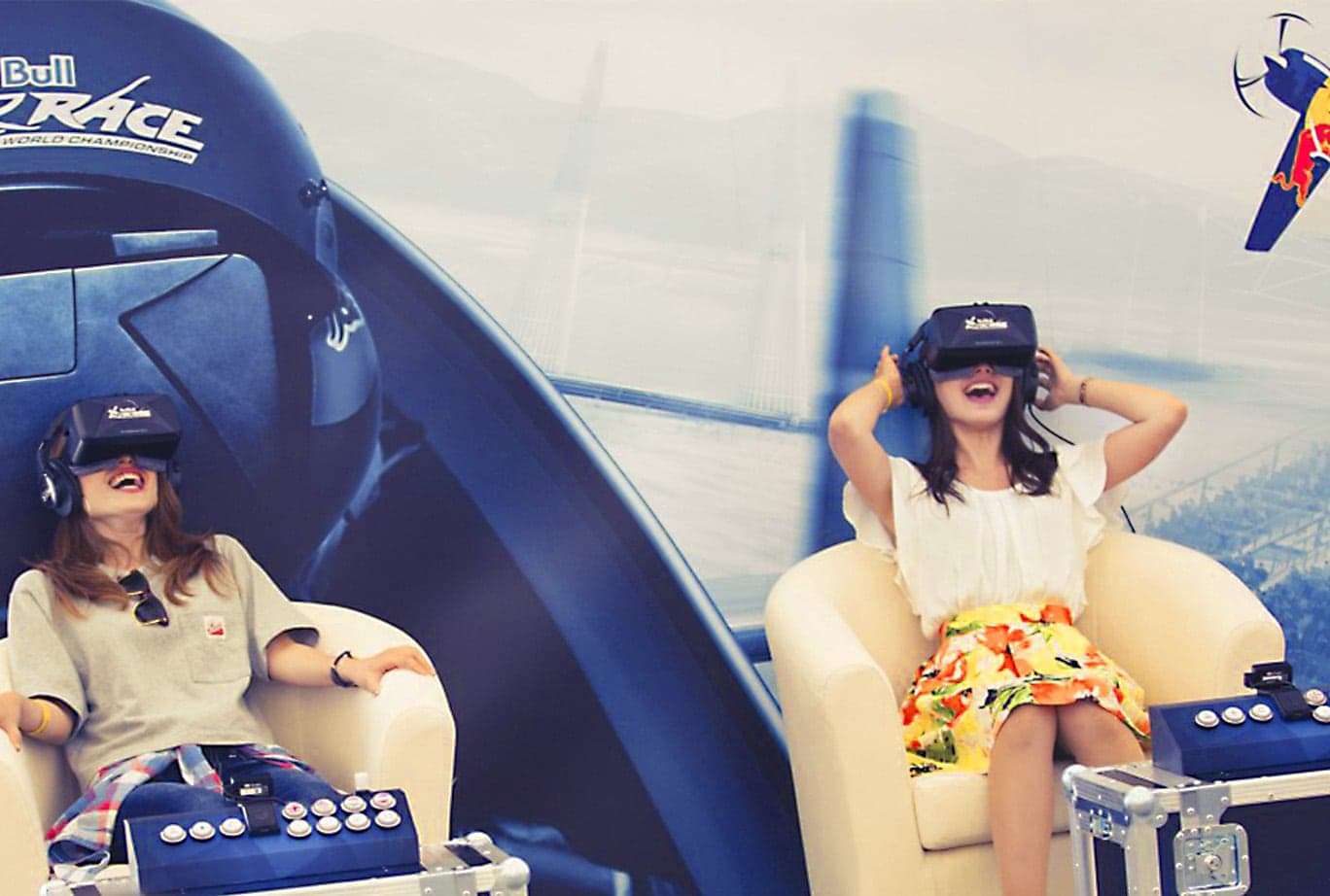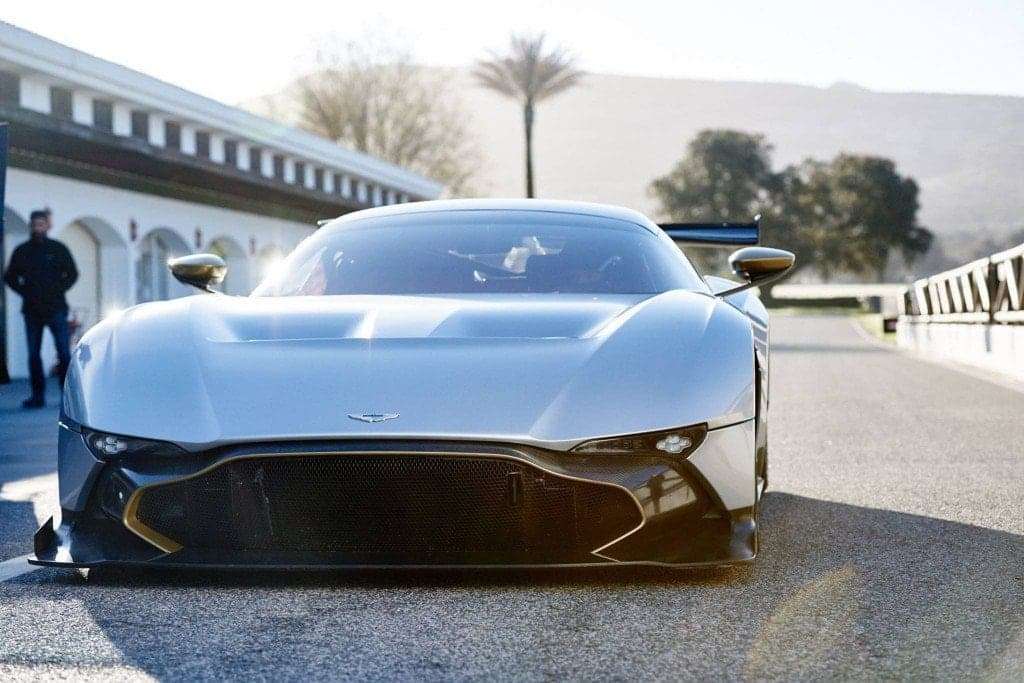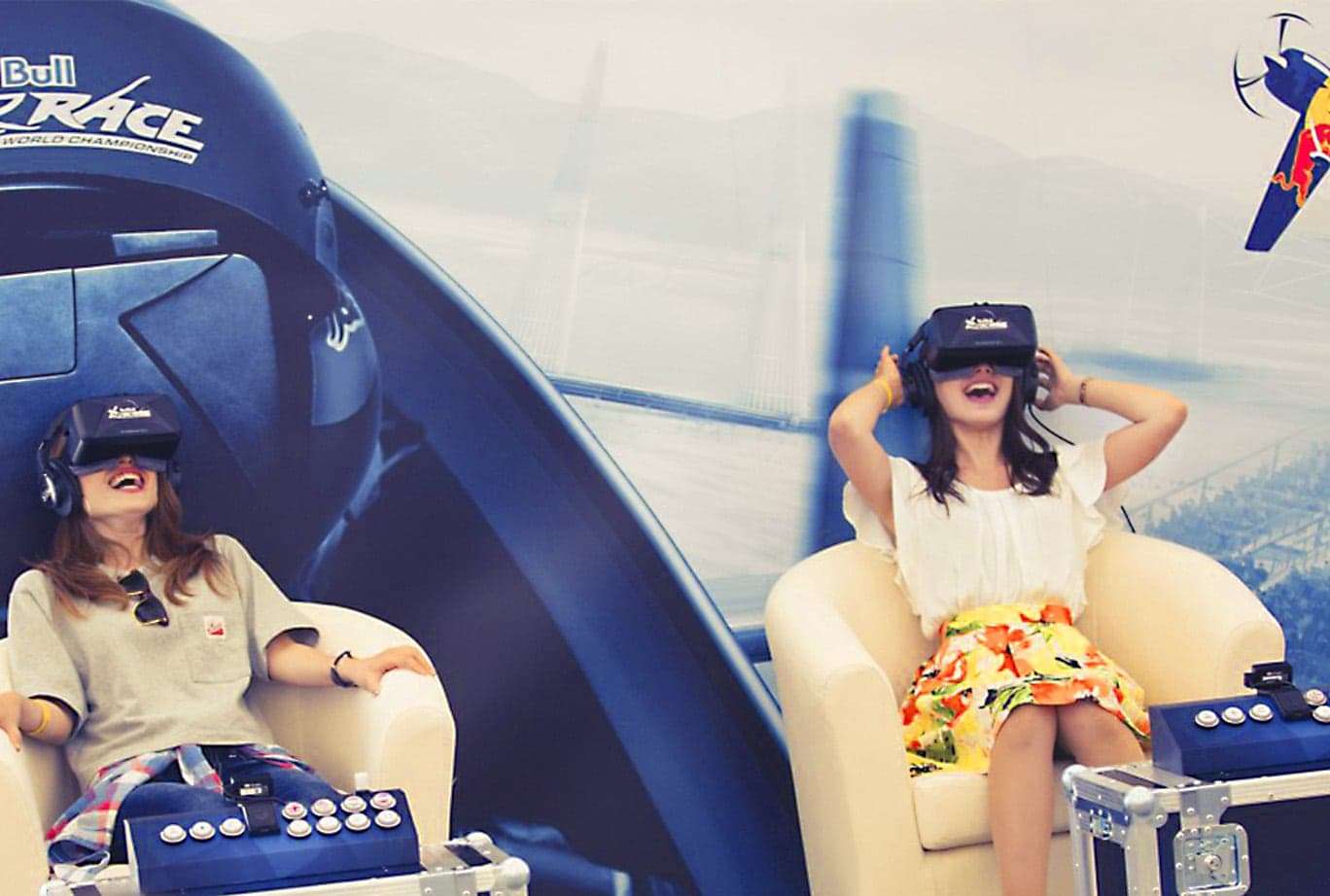
For many, Virtual Reality can seem like an industry that’s impossible to get into: what skills are required to work in such a new but fast moving and constantly evolving medium?
What software and hardware is used? What does a strong showreel need to include? I get asked these sorts of questions all the time, so here are some tips for getting started in the industry for anyone ready and waiting to work on the cutting edge of innovation.
TrueVR: Requires a knowledge of realtime game engine technology and a Games Art skillset.
For REWIND:VR there are two distinct types of VR (or VRX Virtual Reality Experience as we are beginning to refer to it as): TrueVR or 360 VR Video.
VR is currently very similar to traditional 3D game development in terms of pipeline: modelling and animating are completed in 3ds Max or Maya, sculpting and texturing in ZBrush, Mudbox or Mari and Unreal Engine or Unity are used to bring the project together.
Content is then delivered for Oculus Rift, HTC Vive or Playstation VR… or even paired back for mobile devices such as the Samsung Gear VR.
There are generally two main types of TrueVR employee that work in this area; the “VR Developer” and “3D Artist”
A strong portfolio of a “VR Developer” would include;
- A showreel of VR experiences or games they have created in game engine
- Detail of content they have created
- Example code in C#, C+ or equivalent and or UE4 Blueprint examples
- A link to the game or experience for download.
A strong portfolio for a “3D Artist” would include:
- A showreel of game ready assets
- Turntables
- Wireframes and examples of those assets in a gaming engine (UE4, Unity or Marmoset). It would be even better to see them in use.
360 VR Video: Requires a film production and VFX skillset.
360 video is a complex mix of highend camera and on location production skills, with solid post production techniques employed later in the pipeline. Videos will need to be stitched back together into 360 spheres using tools like PTgui,Autopano Video, **Kolor **or preferably more highend tools such as The Foundry’s ‘Nuke’ compositor to fix and improve problem areas.
Any editing will then be done in Premiere and possibly After Effects or Fusion for motion graphics. Content will generally be delivered as 360 video for use on Facebook 360, YouTube 360 or
within bespoke players and apps for all VR devices.
A good portfolio would include:
- A showreel of 360 video work, with examples of before and after post production
stitching - VFX breakdowns of tricky fixes
- Tracking and examples of edit grade and motion graphics
Top tips for getting a job as a VR developer:
- Stay upto date on the latest VR trends and technology. Follow the topic on social media, attend webinars, conferences and game jams.
- If you have limited experience build something yourself and put it out there. The quality of your initial work may not be the best, but the commitment to building things and practicing in your free time will set you apart and shows you are serious about a career in VR.
- Make connections. Approach companies whose work you admire, if they can’t offer a job perhaps they can offer advice. Joining groups on professional social networks can also help as many VR professionals belong to and network within these groups. REWIND:VR organises a meetup for enthusiasts and people working within the industry. It’s a great place to connect with people in the field.
- Start crosstraining. Learn more than one skill set. For example, if you are a 3D
artist, get training in animation as well.
A big thanks to Solomon Rogers and the team from REWIND VR for providing the content for this article!




